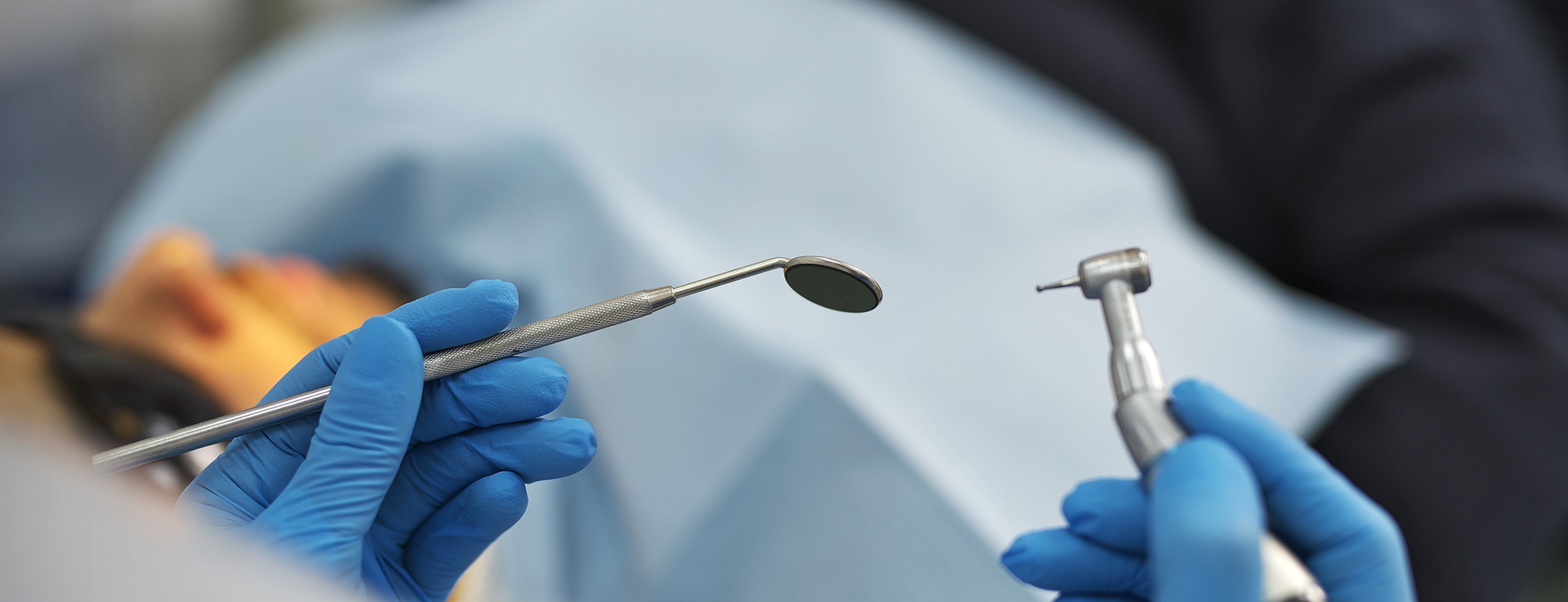We present here an example of an alternative framework that we have developed based on evidence and research. This example framework seeks to bring together standards, guidance and professionalism in a new way.
We are presenting this model to generate discussion and engagement about the best way to set standards and provide guidance to dental professionals.
We believe it will be easier to have these conversations if there’s an example of an alternative model to discuss. However, we also want to hear alternative ideas and suggestions for the best way to provide standards and guidance in a way that’s useful to dental professionals and continues to reflect professional practice and what patients expect.
The priority is that standards and guidance are set and provided in a way that enables professionals to use their professional judgement to deliver the right care for patients in every circumstance and conduct themselves in a way that ensures public confidence in dentistry.
We believe any new model should achieve the following goals:
- The standards and guidance continue to reflect professional practice and what patients expect.
- The standards and guidance are provided in a way that is useful to dental professionals and meets their needs.
- The standards and guidance are set and provided in a way that enables professionals to use their professional judgement to deliver the right care for patients in every circumstance and conduct themselves in a way that ensures public confidence in dentistry.
A model grounded in principles represents a different approach to setting standards and guidance that we think could better support dental professionals to use their professional judgement, by providing the flexibility to allow them to take into account the context of situations they encounter in practice.
The model described below may not be the final model, and this engagement exercise is vital to ensure that, should we decide to change the way we set the standards and guidance for dental professionals, any future model is as robust and supportive as possible.
Principle 1: Treat patients with respect
Treat patients with dignity and support them to make informed decisions about their care.
Ways this is demonstrated in practice include:
- Being clear, patient, empathetic, and polite with your patients
- Keeping patient information confidential and respecting patients’ privacy
- Being aware that some patients are anxious or afraid of dental treatment and how you behave or speak to them may affect the likelihood of them seeking oral healthcare in the future
- Having a clear policy for managing complaints that empowers patients to give feedback about their care and have confidence that their concerns are listened to
- Communicating clearly with patients about their treatment options, including costs, in a way they understand
- Recognising and supporting patients who are vulnerable, including those who may not be able to provide consent themselves, and those who require reasonable adjustments to be made for their care
- Treating patients as individuals and not making assumptions about them based on how they look or their background
- Making sure that you give patients a clear explanation of the proposed treatment and obtain valid consent before starting a course of treatment and at each stage of treatment.
Principle 2: Practise safely and effectively
Use your knowledge and skills to provide the right outcome for your patients, keep up to date, and speak up to protect others.
Ways this is demonstrated in practice include:
- Reflecting on your performance and identifying strengths and areas for development
- Reflecting on your own mental and physical health and seeking support when you need it
- Keeping your skills up to date to develop and maintain your practice over the course of your career
- Reflecting on your practice and learning from your colleagues
- Listening to, learning from, and acting on feedback received from patients
- Speaking up when you see something go wrong to support your patients and colleagues and to protect them from harm
- Understanding your personal scope of practice , and only performing tasks that you are trained, competent, and indemnified to do
- Keeping up to date, accurate patient records that allow you and other professionals to clearly understand them.
Principle 3: Maintain trust in the profession
Act with integrity and ensure your actions maintain the trust of colleagues, patients, and the public.
- Putting patient interests at the centre of what you do , and encouraging others to do the same
- Demonstrating candour and, being open and transparent in your interactions with patients, colleagues, regulators, and others
- Conducting your life both inside and outside work, including on social media (or online), in such a way that maintains your patients’ trust in you, and the public’s confidence in the dental profession
- Understanding your duty to inform the GDC if your fitness to practise or the fitness to practise of another registrant may be impaired, or if you are charged or convicted of a crime or sanctioned
- Understanding the skills and expertise (scope of practice) of the whole dental team, and working with others in a way that benefits your patients
- Ensuring you have appropriate indemnity arrangements in place.
Principle 4: Work in partnership with others
Work with colleagues to ensure an effective and supportive environment in which the safety and wellbeing of the patient and dental team is protected.
Ways this is demonstrated in practice include:
- Working with colleagues to provide holistic patient care
- Working as a team; referring and delegating to other professionals and being willing to take instruction from others where appropriate
- Seeking feedback from your colleagues to improve your practice and responding constructively
- Looking out for your colleagues, and their wellbeing
- Ensuring that you are appropriately supported by colleagues when undertaking clinical procedures
 eGDC
eGDC